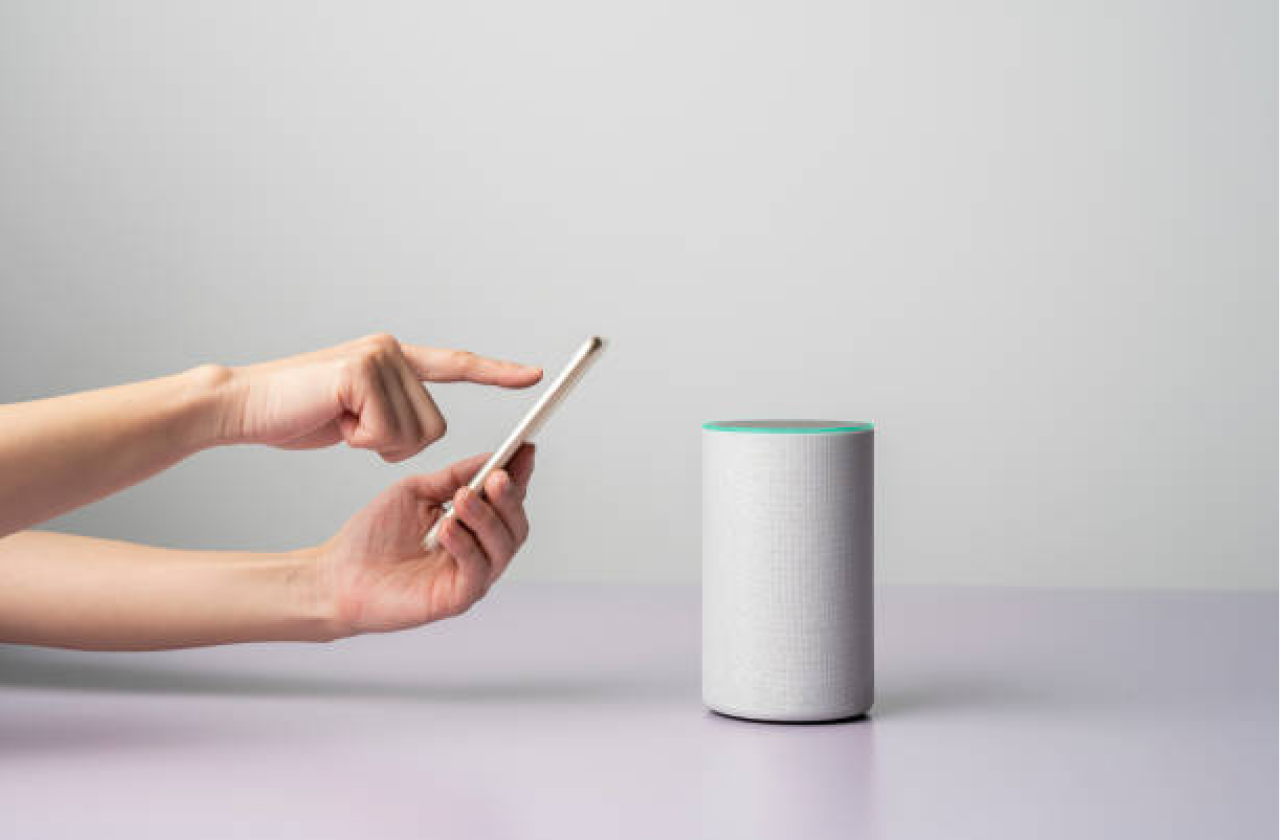Overview
Inclusive design for smart home devices addresses the challenge of relying on voice commands, which can be difficult for speech-impaired individuals. By incorporating non-verbal interaction methods, such as text commands via a companion app and touch gestures on the device, these devices become more accessible. This approach ensures that all users, regardless of their abilities, can effectively control and interact with smart home technology, fostering a more inclusive and user-friendly environment.
Challenges
Many smart home devices primarily rely on voice commands for control. Speech-impaired individuals may find it difficult or impossible to use these features, limiting their access to device functionalities.

Idea
In response to the existing reliance on voice commands in smart home devices, the proposed idea is to enhance inclusivity by introducing a non-verbal interaction scheme. Instead of solely relying on voice commands, users would be able to input text commands through a companion app seamlessly integrated into the device control ecosystem and also use touch controlled surface on the smart home device for quick commands. Adding gesture control also allows them to perform multiple functions in one sequence.
Principles
Whether through voice or text commands, individuals, regardless of speech abilities, can enjoy the same level of control and functionality.
Recognizing diversity in user preferences, our approach empowers individuals to access and interact with smart home devices in their preferred way.
Inclusivity thrives on choice. Our smart home devices provide users with diverse methods to complete tasks. Whether it's issuing voice commands or typing out text instructions, users have the flexibility to choose the mode that best suits their needs.
Instance
Sarah can use the companion app to input text-based commands, such as dimming the Living room lights to 50% or the desired value or just by typing it out where the application is trained to recognize the keywords and act accordingly.
Also, if the smart home device is equipped with a touch surface, Sarah can setup custom touch gestures on the companion app such that she can either double tap, swipe in the pattern of a letter, shape or tap in intervals such that she can control one or multiple home interfaces at once.

Conclusion
In conclusion, the shift towards a non-verbal interaction paradigm in smart home devices fosters inclusivity by providing alternative means of control for users with speech impairments. By recognizing and accommodating diverse user needs, this idea promotes a more accessible, inclusive and user-friendly smart home experience for all.